If you’ve tried to grow cool-weather crops like cilantro or lettuce in early summer, you’ve probably run into this frustrating issue: seeing your plants bolt before they’ve even gotten started.
Certain plants are more susceptible to bolting than others, but there are ways to help your favorite plants last just a little bit longer in the garden (even if it’s the middle of July).
What is bolting?
When a plant bolts, it prematurely sends up a flower stalk before it’s been harvested. Instead of growing more or larger leaves, the plant shifts its energy to producing seed, aka reproduction (its final hurrah before it bows out).
Bolting is sometimes also known as “going to seed” for this reason—a plant bolts as a last-ditch effort to spread its seed and produce offspring. (This is technically different from a plant naturally going to seed at the end of the growing season, after it’s put out a full harvest.)
When a plant bolts, it grows through a sudden growth spurt: a stiff and sometimes woody stem with flower heads emerges from the center of the plant and grows very tall very quickly (taller than the plant’s mature height).
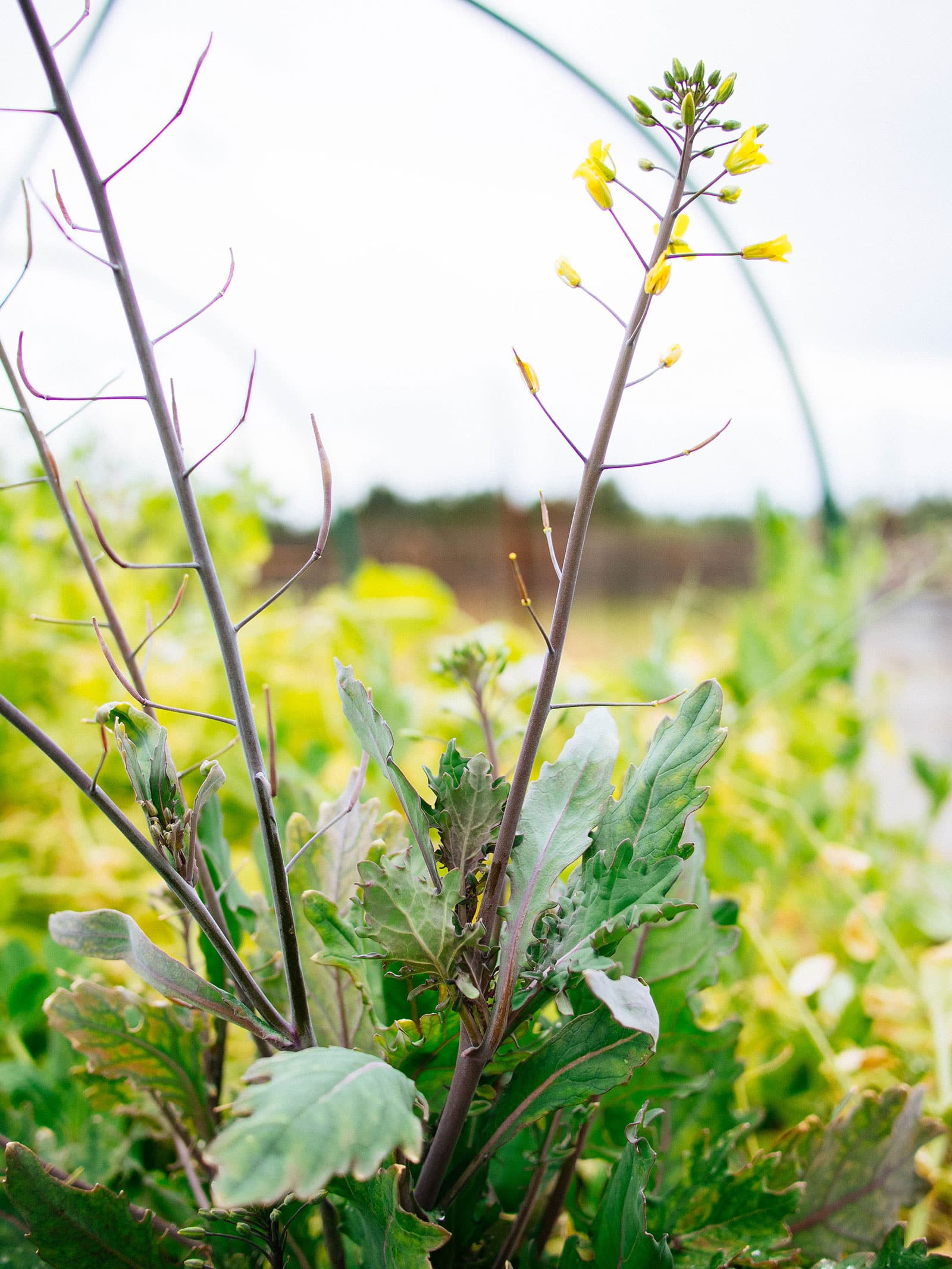
Bolting occurs for various reasons, but it’s especially common in heat-sensitive plants like lettuce, kale, arugula, broccoli, cauliflower, cabbage, and other leafy greens. But, it can also happen early in root crops like carrots, beets, turnips, parsnips, rutabagas, and radishes in response to stress, resulting in flower spikes when the plants are barely developed.
Disclosure: If you shop from my article or make a purchase through one of my links, I may receive commissions on some of the products I recommend.
How to prevent or delay bolting
If you’re trying to maximize your harvest, here are a few ways you can prevent your plants from bolting (or at least slow them down).
1. Direct-sow your seeds.
Certain plants (such as carrots, beets, and parsley) are prone to bolting due to root stress. These plants grow best when you sow them directly in the garden, rather than starting the seeds indoors and then transplanting outdoors.
Read more: Never start these cool-season seeds indoors

Direct sowing eliminates all possibility of transplant shock and allows root systems to develop without disturbance. (Just don’t forget to thin your seedlings to keep them from competing for sun and space.)
2. Avoid buying or transplanting stressed seedlings.
If you buy most of your seedlings from a nursery (particularly if they’re sold in six-packs), make sure you’re not bringing home seedlings that have little chance of developing into healthy mature plants.
How can you tell?
Look for seedlings that are stout and full, rather than those with tall and spindly stems. I often see brassica seedlings that are already on their way out because they’re all gangly and wiry with small, narrower-than-normal leaves that grow vertically.
If you’re transplanting your own seedlings started at home, choose the most compact, lush, and healthy-looking seedlings over larger or taller seedlings that may be pale or rootbound.
3. Choose heat-tolerant or bolt-resistant plant varieties.
Many cool-weather crops (like lettuce and bok choy) have heat-tolerant cultivars with superior resistance to bolting. Check the plant descriptions for characteristics like “heat resistant,” “bolt resistant,” “slow bolt,” or “heat-tolerant,” especially if you live in a warmer climate or tend to have unpredictable weather in spring.
Try these: The best heat-tolerant lettuce varieties that grow all summer long
Some of my favorite slow-to-bolt varieties include:
- Butterhead Speckles butterhead lettuce
- Bronze Mignonette butterhead lettuce
- Black-Seeded Simpson green leaf lettuce
- Red Sails red leaf lettuce
- Jericho romaine lettuce
- Coastal Star romaine lettuce
- Lavewa spinach
- Slow Bolt arugula
- Astro arugula
- Dwarf Blue Curled Scotch kale
- One Kilo Slow Bolt napa cabbage
- Choko bok choy
- Tasty Pagoda bok choy
- Green Magic broccoli
- Gailan Chinese broccoli
- Komatsuna mustard greens
- Shin Kuroda carrots
- Danvers 126 carrots
- Boltardy beets
- Sora radishes
- Slow Bolt cilantro
Related: These heat-tolerant salad greens will grow all summer
4. Plant your crops in the right season—or switch to a fall planting.
All vegetable crops—even those that can grow year-round—prefer growing in specific seasons and will have peak flavor and production in these seasons.
Cool-season crops (like carrots and cabbage) are best planted in early spring or late summer so they mature while temperatures are still mild. Not only that, but these types of crops actually turn sweeter if they mature in cold weather! If you’ve never tried growing root crops or leafy greens in fall—and harvested them after the first frost—you’re in for a treat.
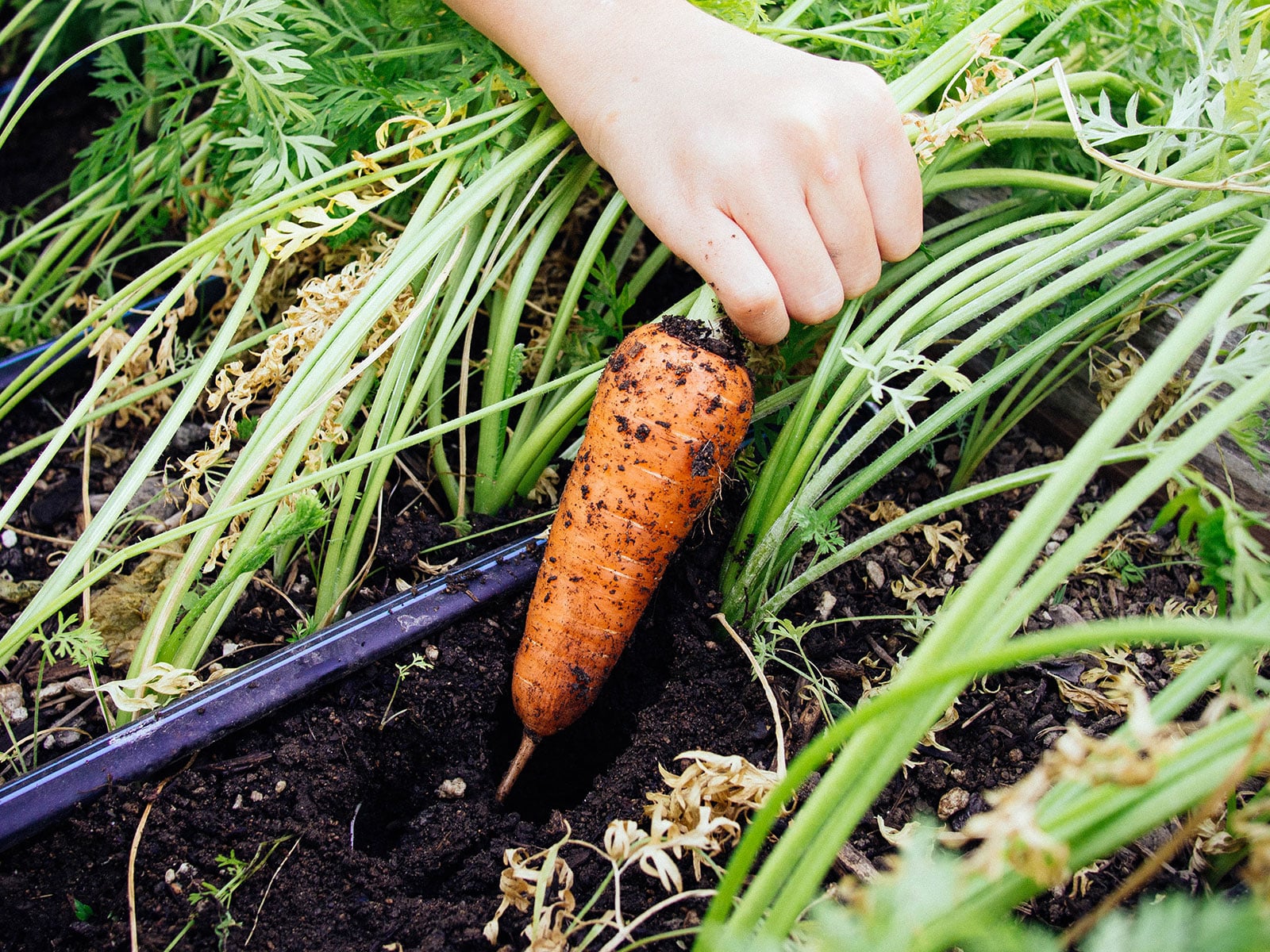
If you live in an area where warm weather comes quickly in spring, consider growing an early-maturing variety or start your seeds in late winter so you can transplant sooner.
Or, start a fall garden when hot weather and day length (the main causes of bolting) won’t be issues at all. You can start seeds in mid to late summer, or transplant seedlings in early fall when the soil is still warm. (Though if your climate sees some of its hottest days in September, here are a few tips for planting a fall garden in the heat.)
Read next: The fastest-growing crops you can plant and harvest in 40 days or less
5. Cool the soil with a layer of organic mulch.
Mulch has many benefits in the garden, and one of the most important ones is protecting the soil and buffering against heat, cold, and temperature swings.
A 2-inch layer of organic mulch helps insulate plant roots and keep them cool in hot weather. This reduces the amount of heat stress a plant experiences when air and soil temperatures rise, and prolongs the harvest period.
6. Water consistently and deeply.
Providing regular moisture—slowly and deeply—is one of the best ways to protect plants from heat stress, which in turn reduces their instinct to bolt.
A long, slow watering also encourages roots to penetrate deep into the soil, where they have access to more moisture, nutrients, and beneficial microbes.
Read more: How to water your garden properly during a heat wave
On particularly hot days, I’ll often give a supplemental watering (on top of the drip irrigation in my garden beds) to give some midday relief to heat-sensitive plants.
7. Provide shade during the hottest part of the day.
Along with mulch, it’s helpful to use row cover or shade cloth to keep heat-sensitive plants cool as the weather warms. It’s easiest to buy a roll like this one (which provides 40 percent shade) that you can cut to size for all your garden beds.
You can also plant in the shade of taller crops, or plant in containers so you can move cool-season crops to shadier spots in the afternoon.
8. Use liquid seaweed fertilizer when plants are young.
While the positive effects of seaweed extracts on plants are still under research, recent studies from 2017 through 2021 show that plants treated with Ascophyllum-derived extracts had improved resilience to drought and heat stress.
Seaweed extracts also contain many active compounds and trace minerals that help promote growth in plants by developing stronger root systems, increasing yields, and improving resistance to pests and diseases.
What all of this means is that using an organic seaweed or kelp liquid fertilizer can not only help your plants grow bigger, but also help them withstand extreme heat and recover from environmental stresses.
Where to buy
Note that you should never fertilize plants while they’re under heat stress—doing so may damage plant tissues and cause even more stress.
Can you cut off flower stalks to prevent bolting?
Unfortunately, no. You might slow things down a bit, but you won’t stop your plant from bolting. Once your plant has sent up its first flower spike, there’s no turning back.
An interesting “exception” to this rule are herbs like parsley and cilantro, which actually become more productive if you snip off their flowers (and stems) and harvest them frequently. Doing so can extend their life cycle by many months with no perceptible change in flavor or texture.
For the majority of vegetable crops, however, they’ll continue to send up new flower spikes and slow down vegetative growth, even if you remove all their flowers.
When you should just let your plants bolt
Although bolting is usually a source of frustration if you haven’t had a chance to harvest much from your plants, the flowers are still worth keeping around—so don’t rush to replace all your plants just yet.
For one thing, some flower buds (like kale) are edible and even considered a delicacy. You might not be able to get a full harvest of leaves, but you can certainly get a few handfuls of flowers to toss into a salad or stir-fry!
Secondly, bolted plants in the brassica family (such as broccoli, kohlrabi, kale, and collard greens) and parsley family (such as parsley, cilantro, fennel, and dill) are a pollinator’s paradise.
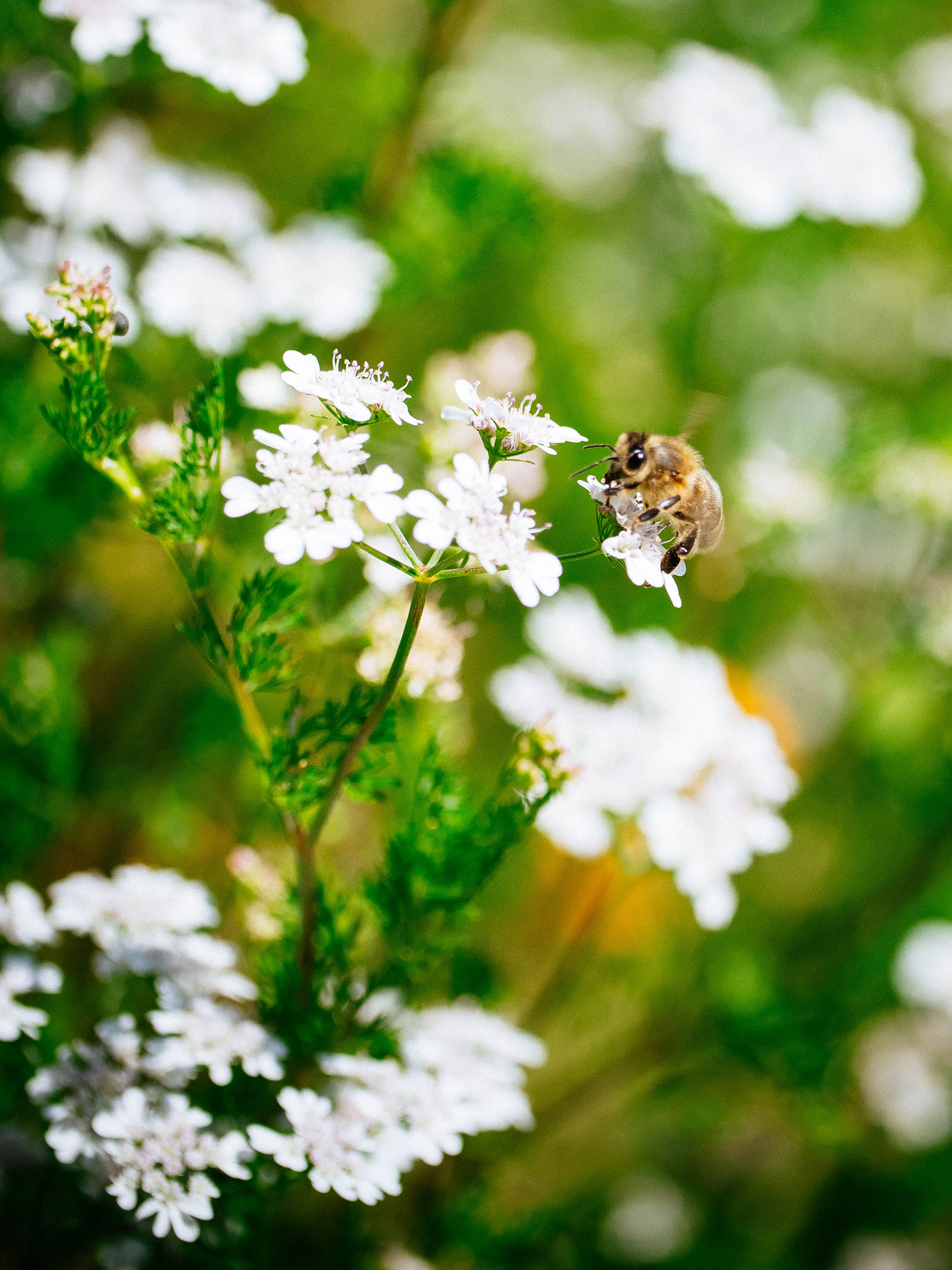
Bees absolutely love these small, simple flowers (which tend to grow in clusters called umbels), and I’ll say that I tend to see more bees on my flowering mustards and flowering herbs than I see on the blooms in my flower garden.
Learn more: My favorite bee-friendly flowers to plant in every garden

But it’s not just about the bees—other beneficial insects and predatory bugs also feed on nectar and pollen. Making these florets available ensures that they stick around in the garden, thus helping you control pests naturally.
Make this: Attract good insects to your garden with these simple recipes for beneficial “bug chow”
And lastly, bolted plants give you an opportunity to save seeds. Most people never save seeds from carrots, beets, kale, or collard greens because—as biennial plants—they’re often harvested before they complete their life cycle.
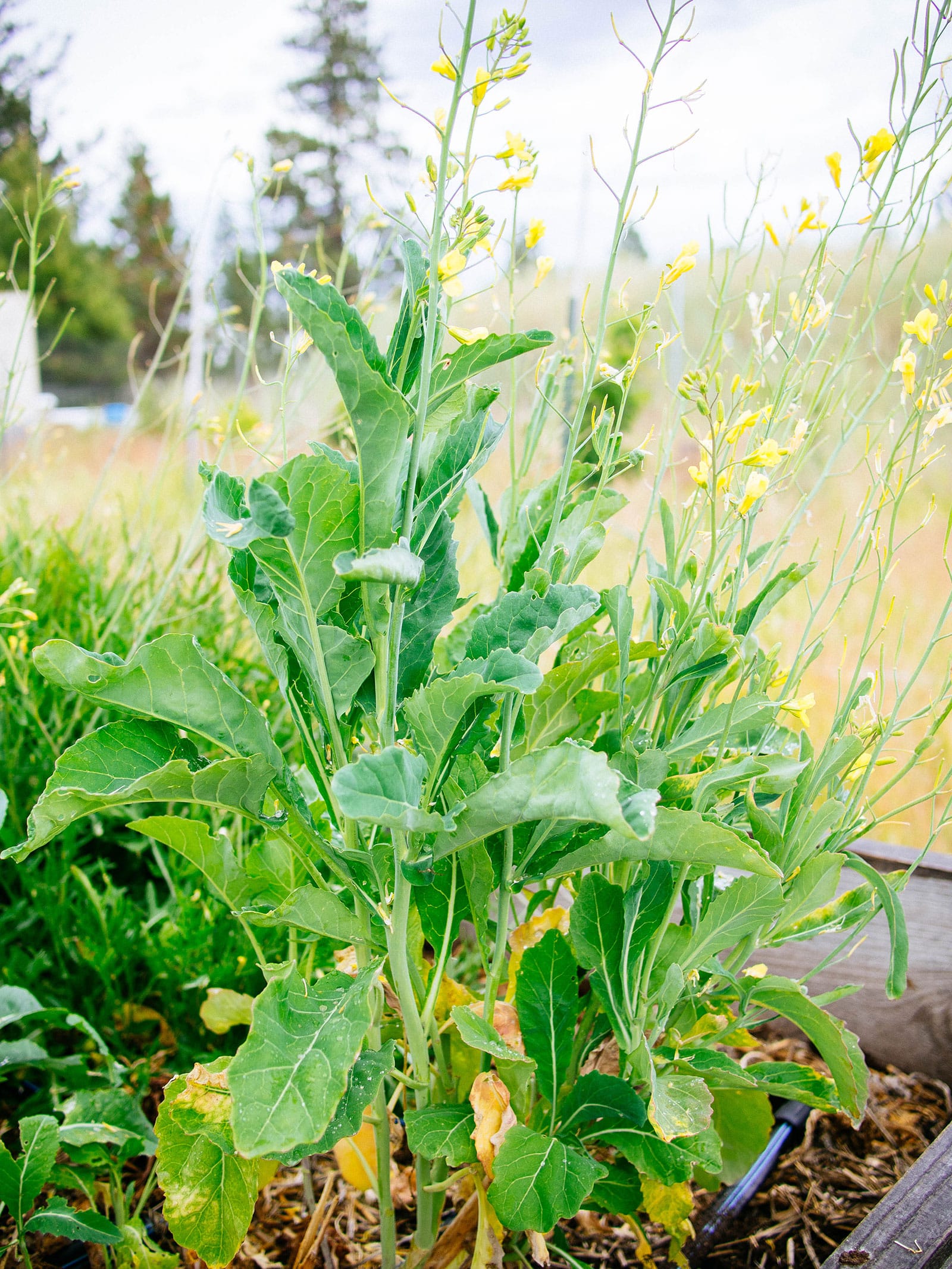
But if they bolt, you can save seeds from your favorite varieties without waiting for them to go through two growing seasons.
This post updated from an article that originally appeared on June 29, 2023.


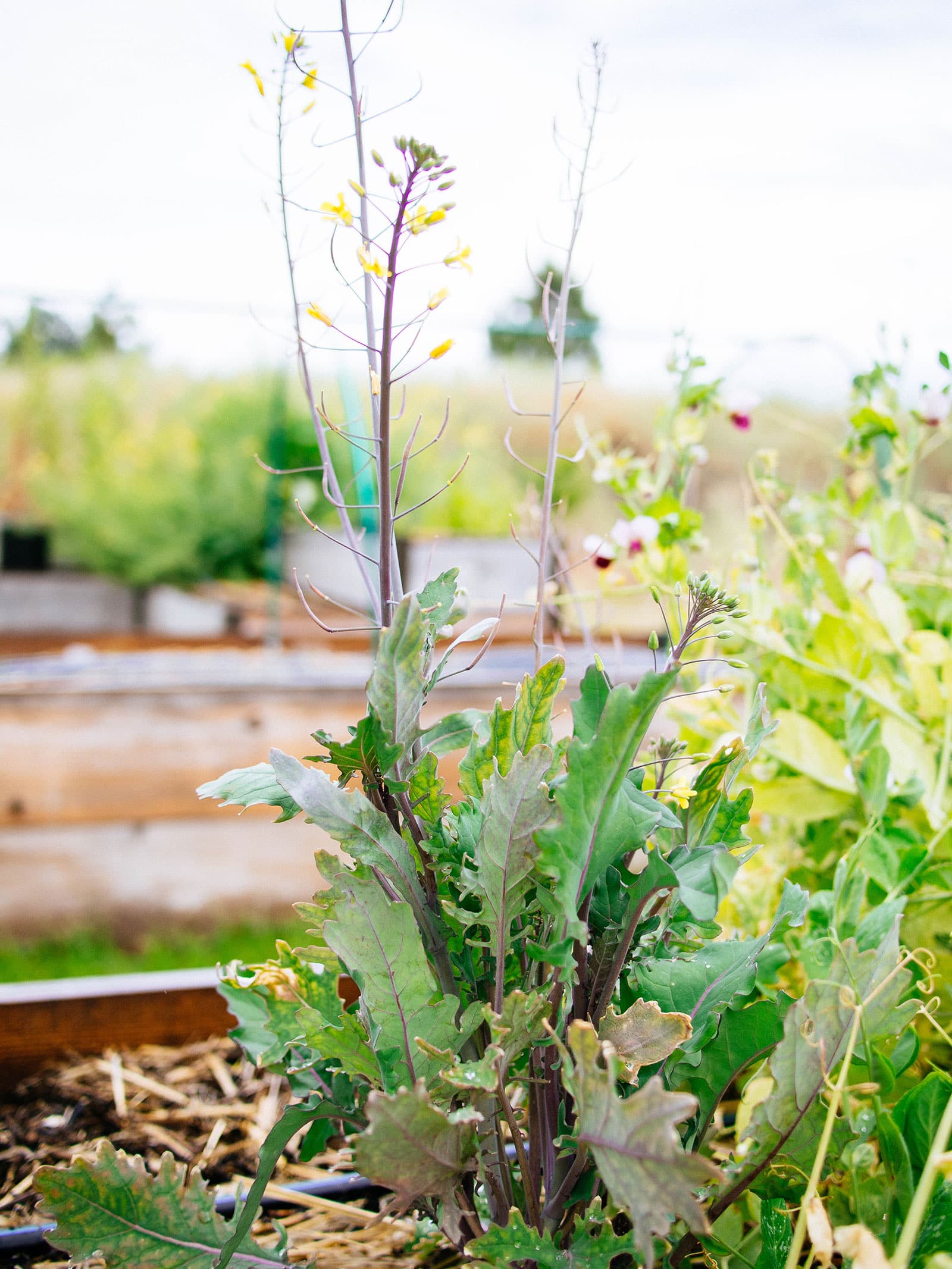
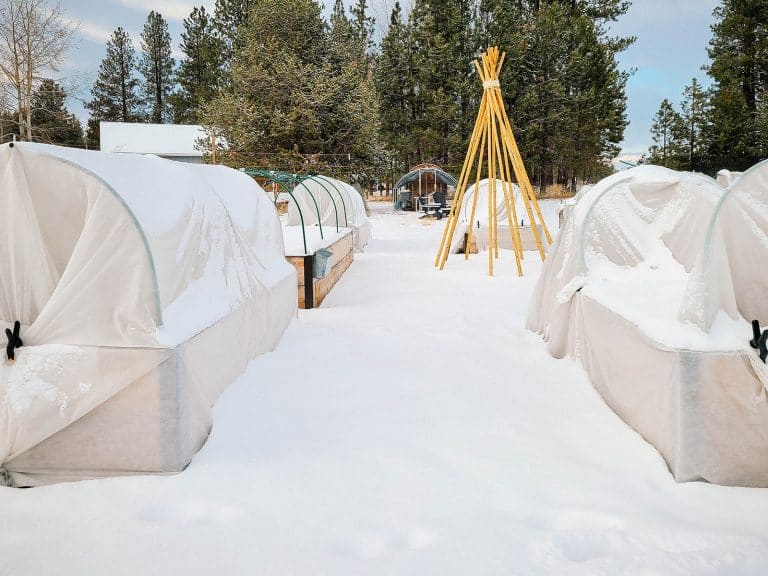
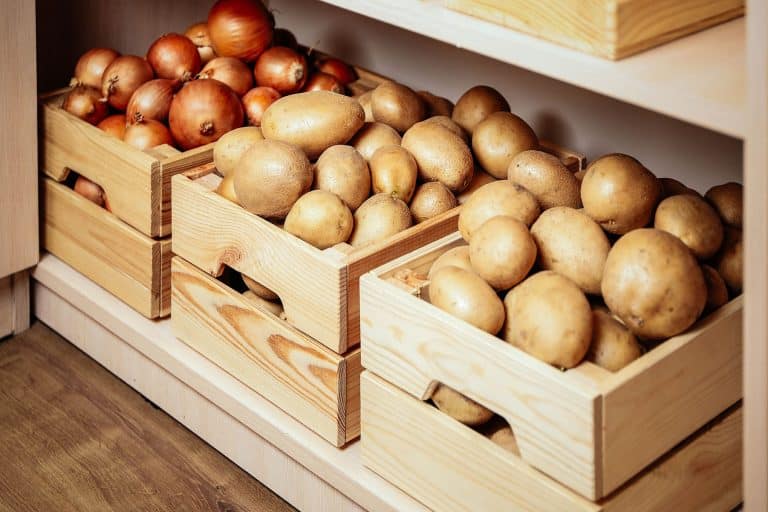
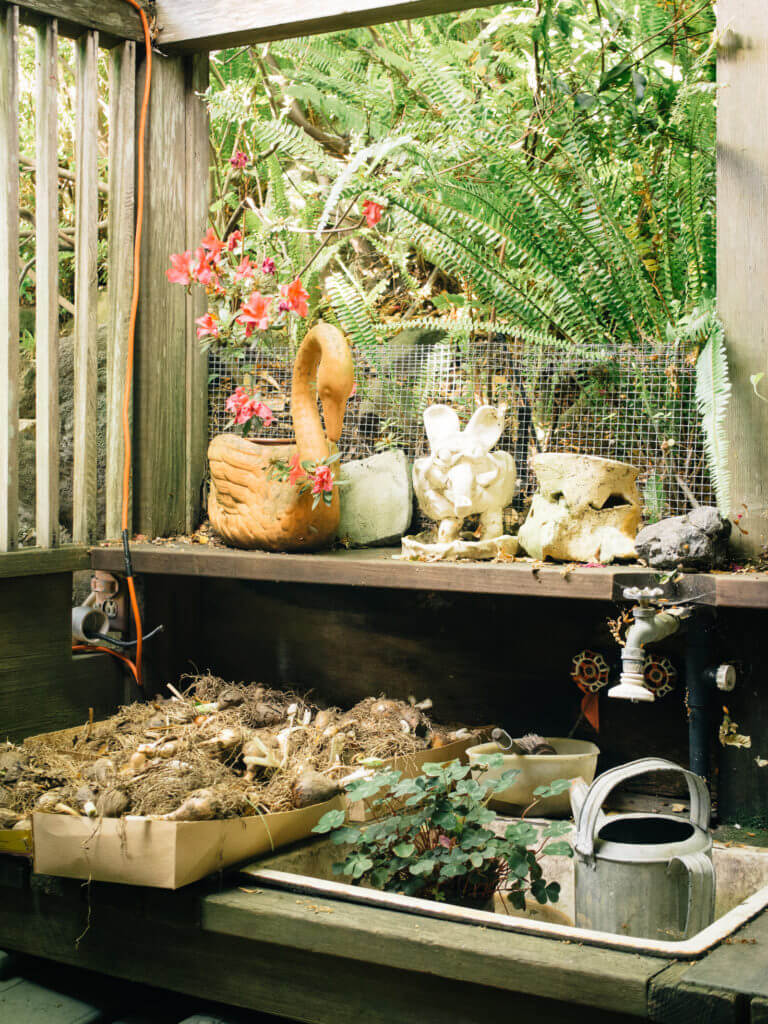
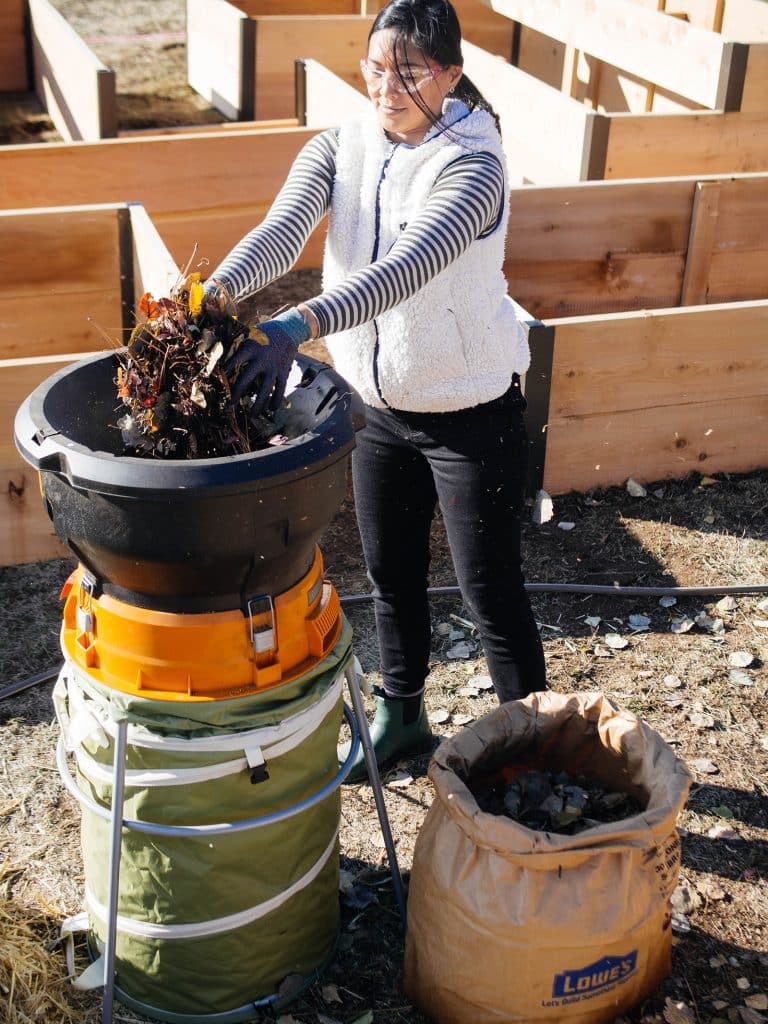
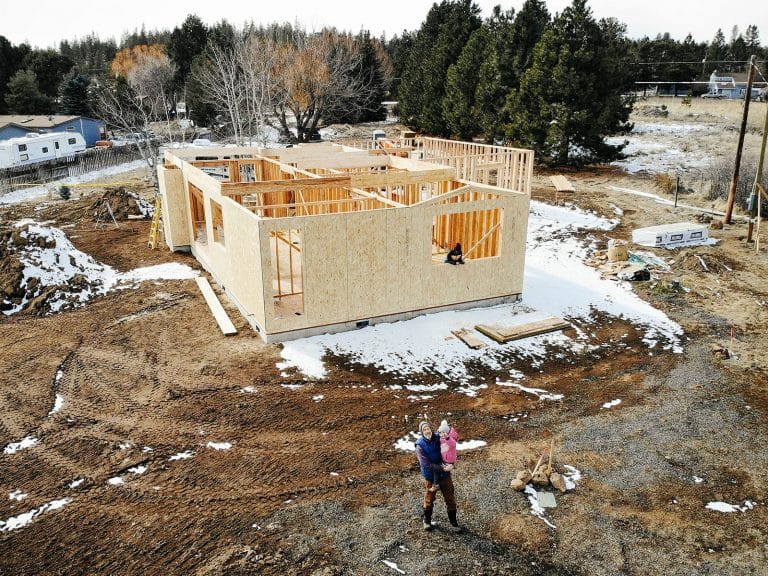
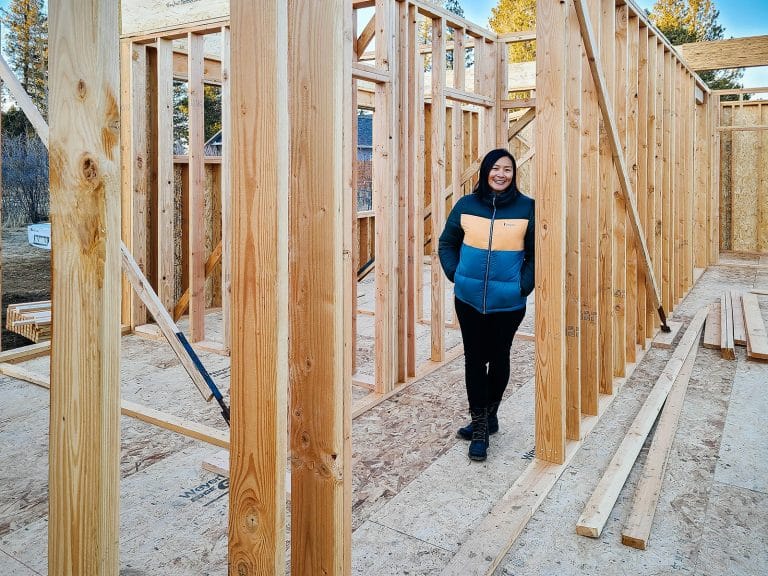
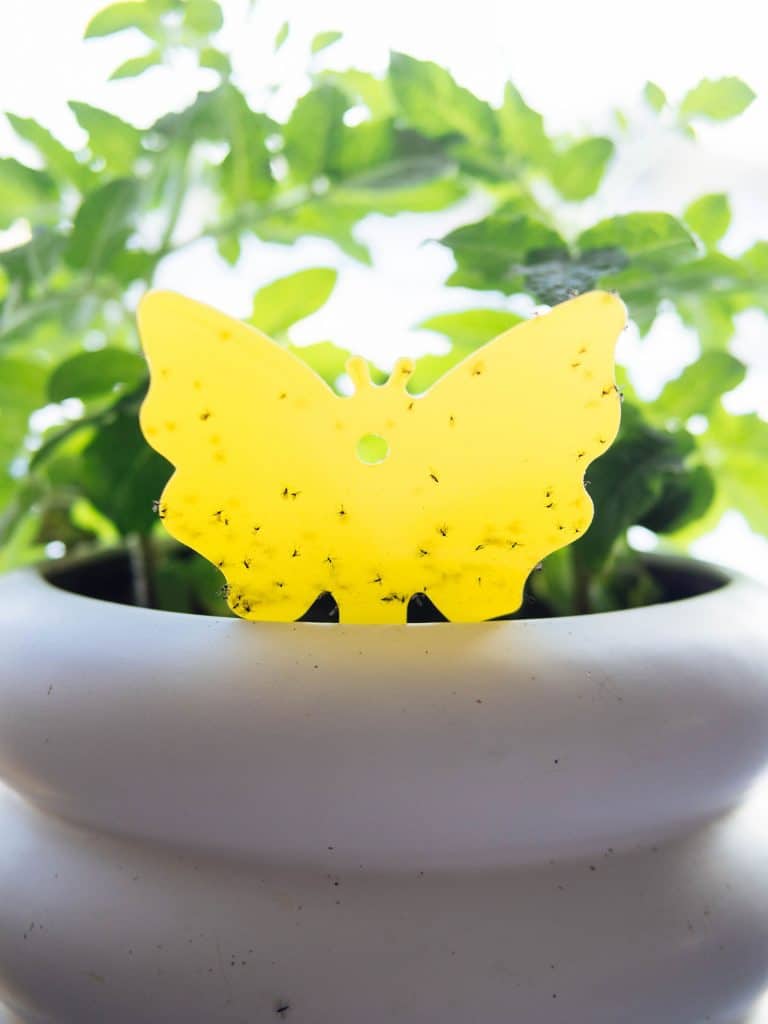
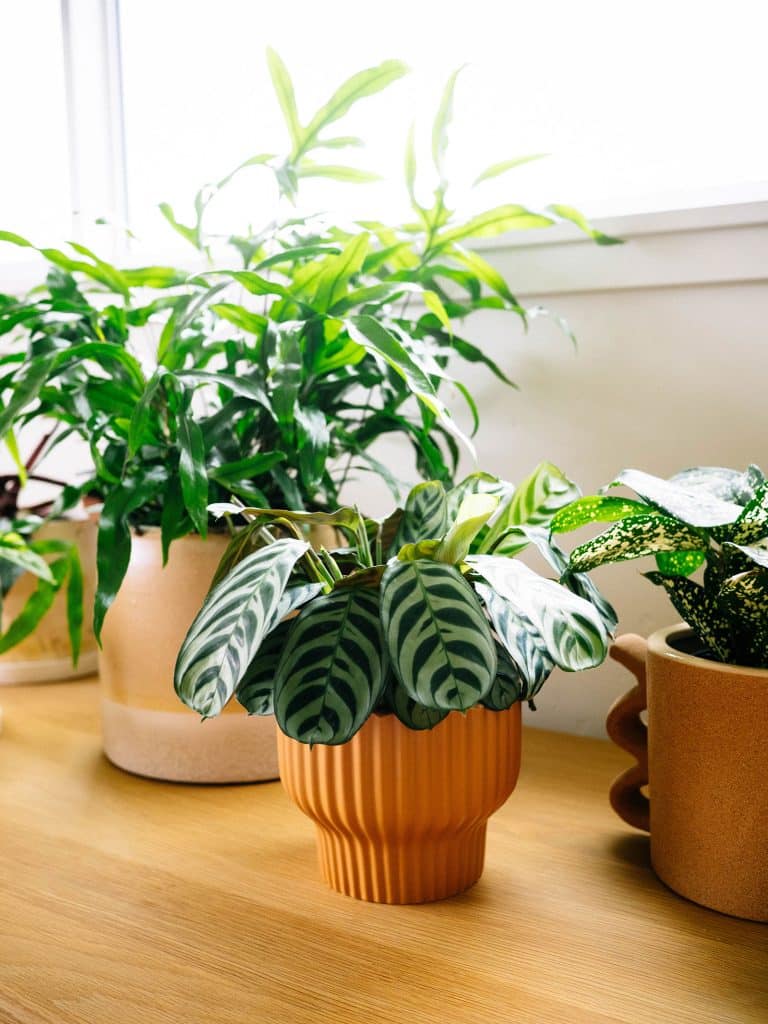
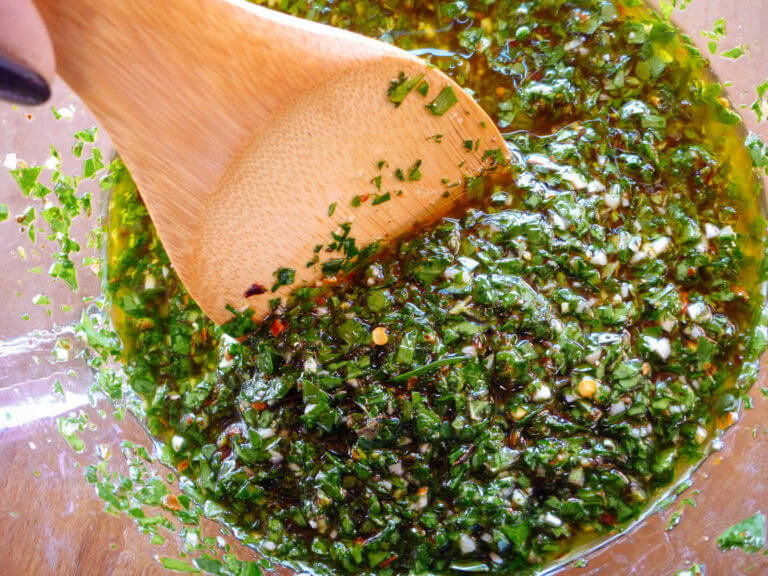
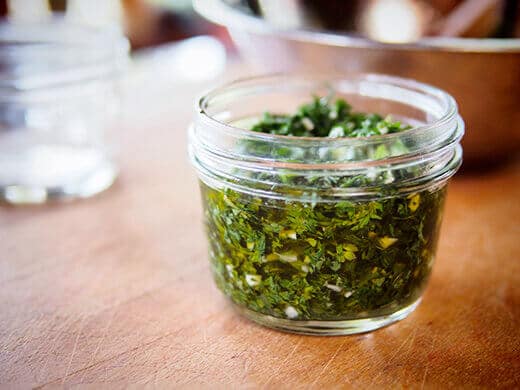
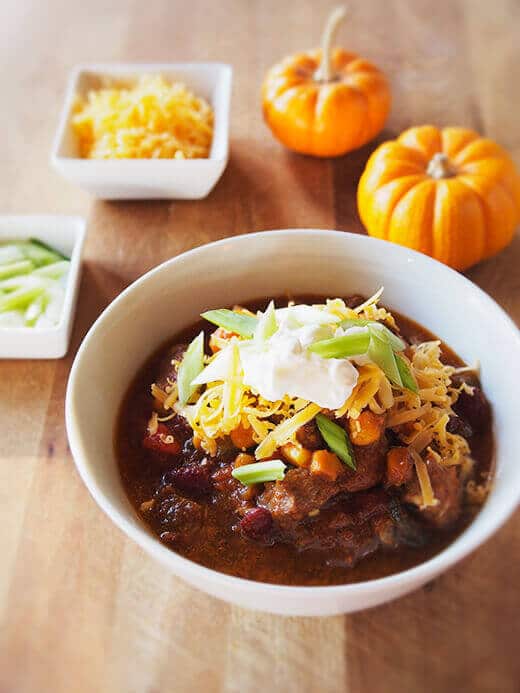
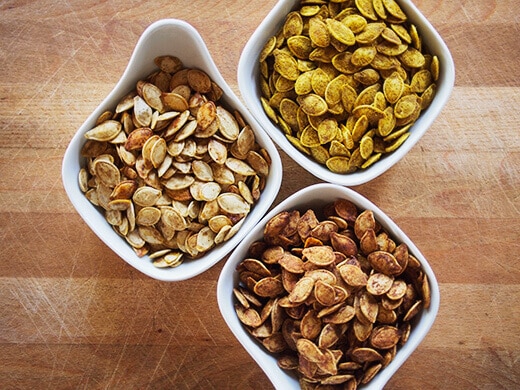

I forgot to say that the photos were VERY helpful!!!!
What an excellent, helpful article! I am going to go back and take notes now that I’ve read it all. You included so many things I didn’t know, and things I need to keep in mind that I’ve been neglecting. THANK YOU!!!
You’re welcome! I’m glad this was helpful for you!
I read your excellent article on using detergent to kill aphids. I can’t find Dr. Bonner’s or Cove detergent locally (BC, Canada). Would any non-scented detergent work as well. I save your articles when posted but couldn’t find the aphid one again amongst your listed articles. What would it be listed under in your index?
No, please don’t use actual detergent on your plants. Dr. Bronner’s and Cove are both pure-castile liquid soap and if you prefer not to buy them online, you can usually find them in a natural-foods grocery store. There might be a Canadian brand of pure-castile liquid soap that I’m not aware of.
The aphid articles are at https://gardenbetty.com/organic-pest-control-101-7-easy-solutions-for-getting-rid-of-aphids/ and https://gardenbetty.com/make-your-own-insecticidal-soap-for-natural-pest-control/ (I think the second one is what you want).
Thank you! Good information.
Extremely helpful! Will be checking my seaweed fertilizer and making sure to order the best variety next time. Have you had any luck using ollas in summer heat? Many thanks.
Fantastic article. Thanks Linda Ly.